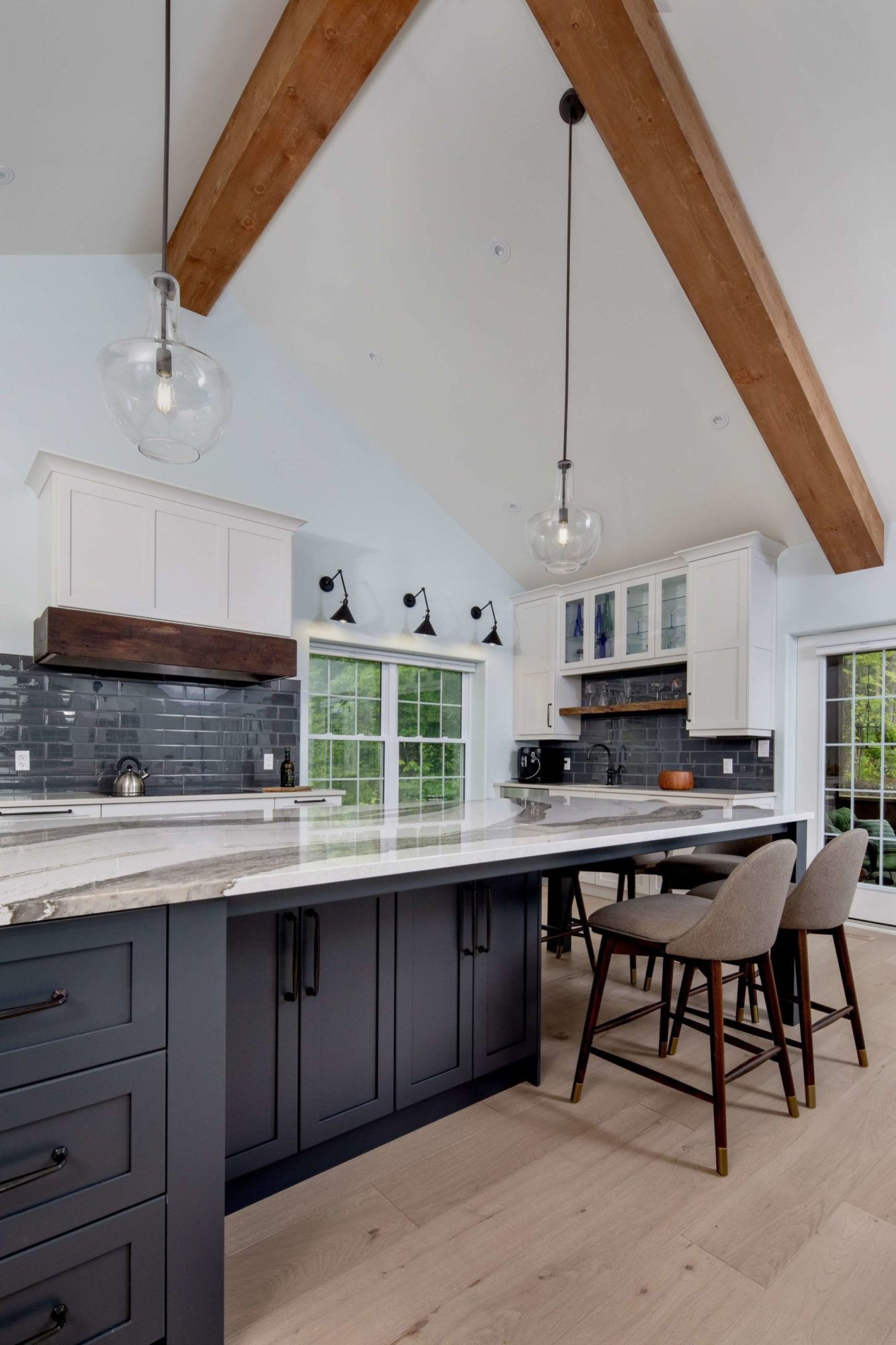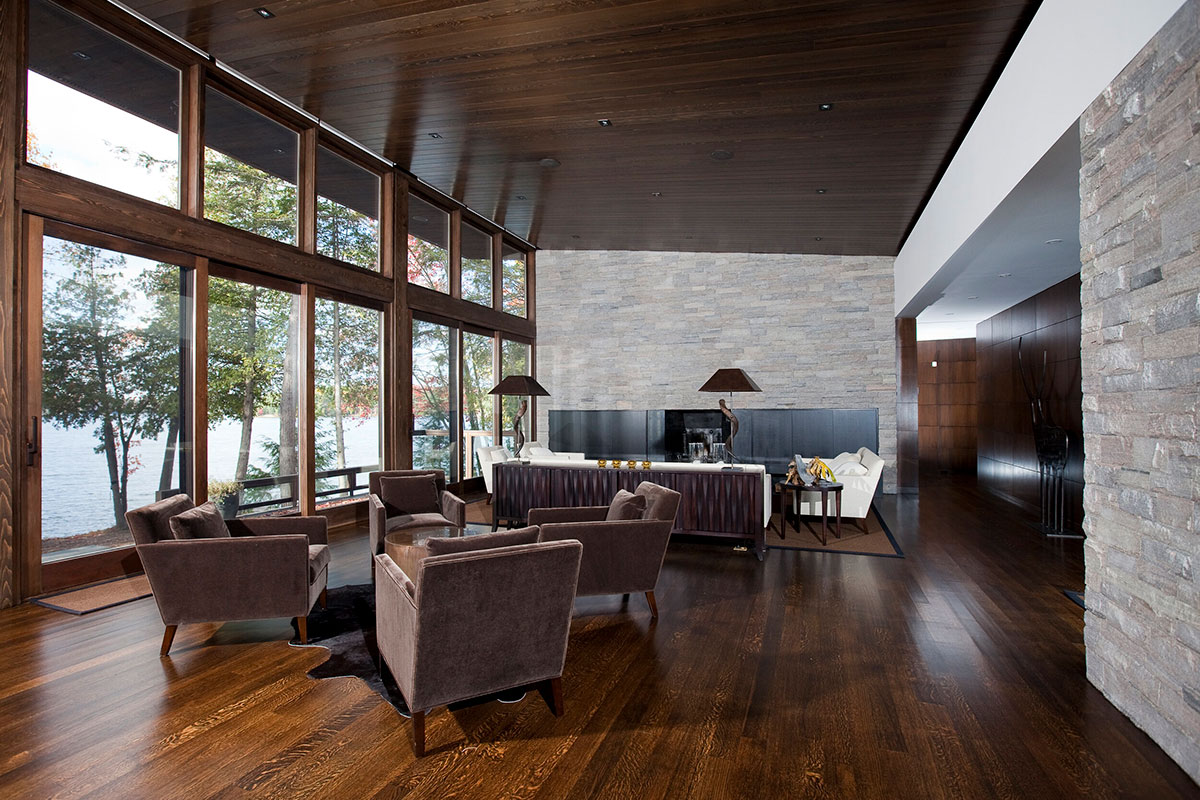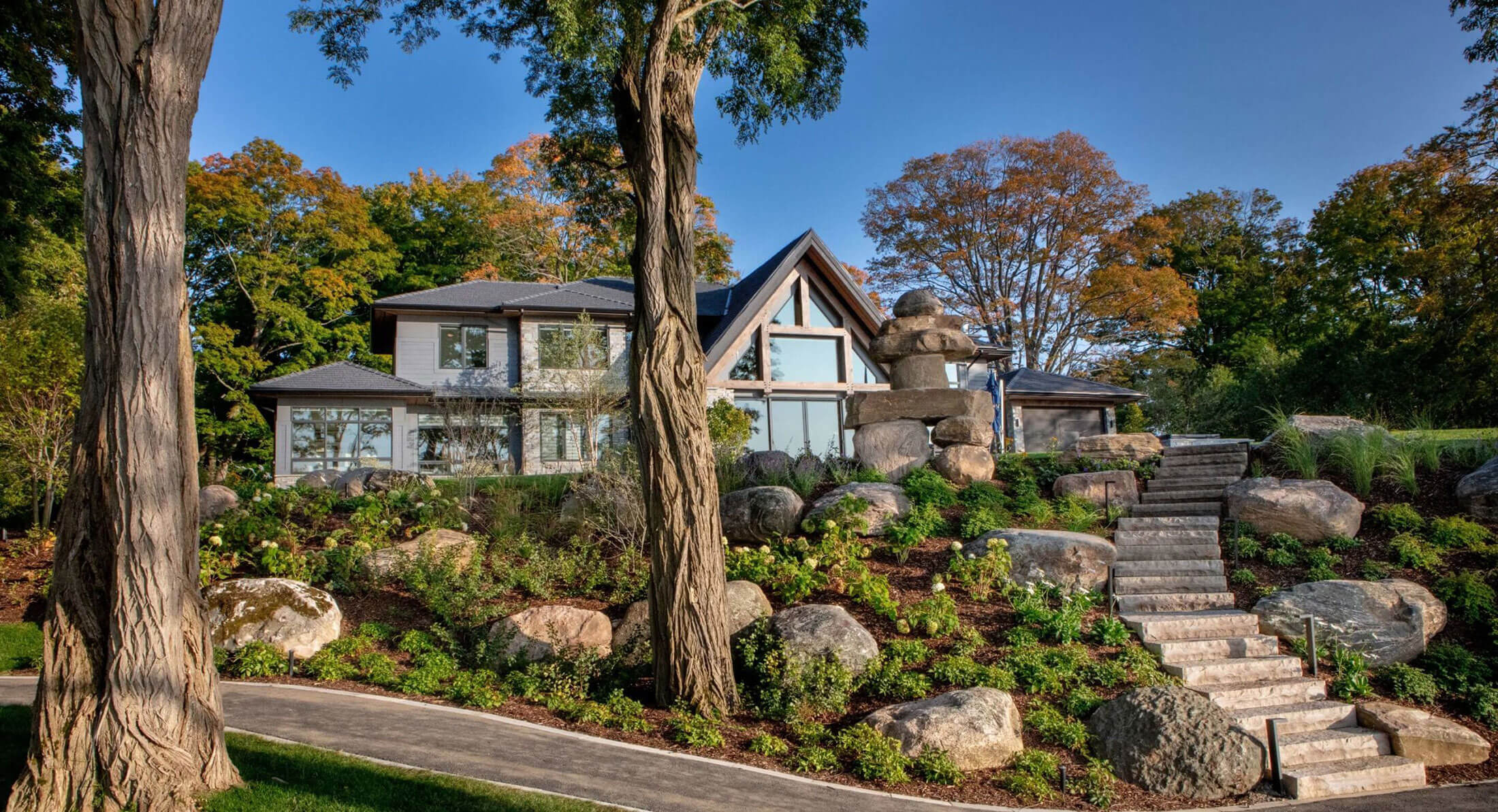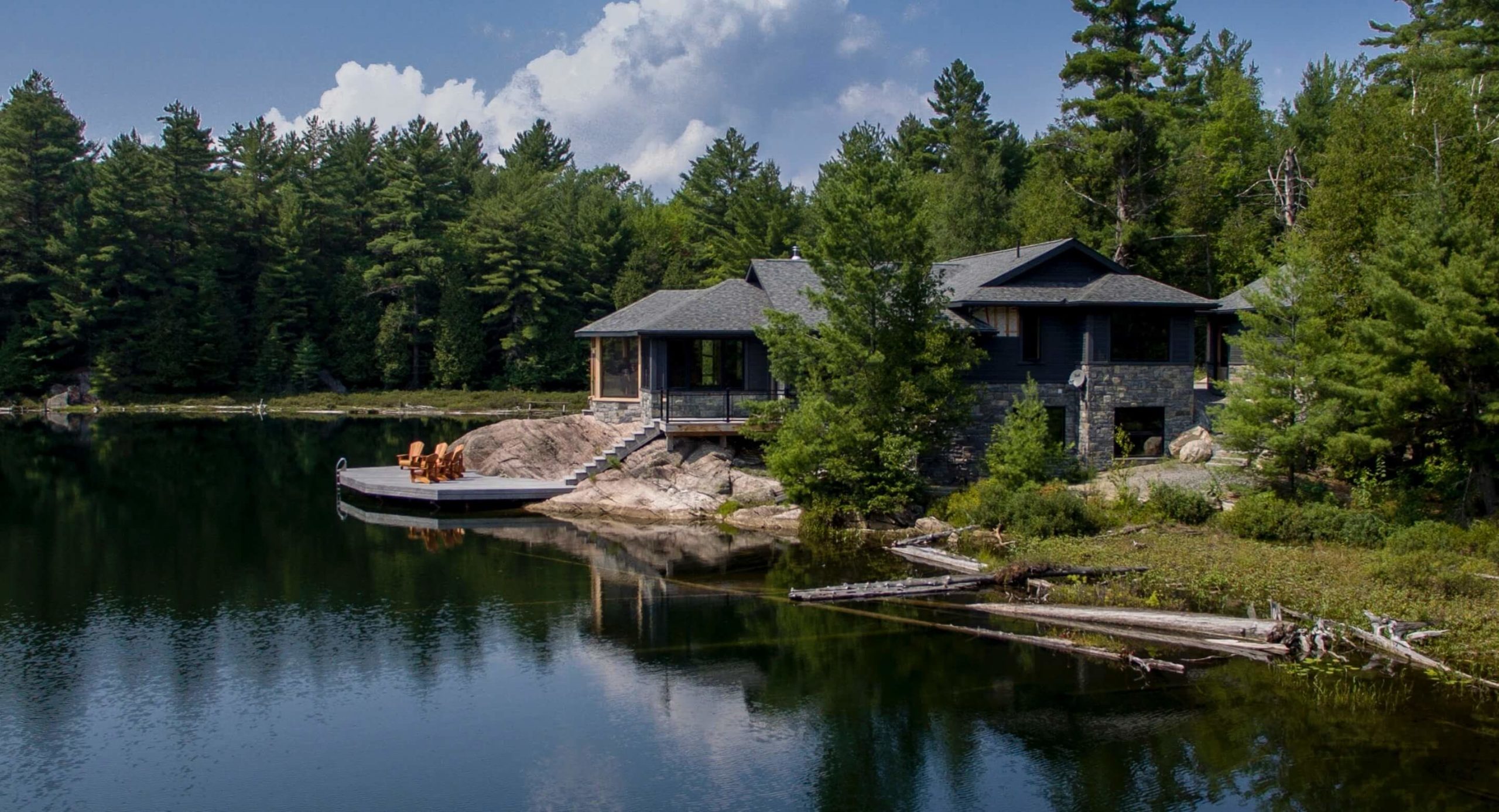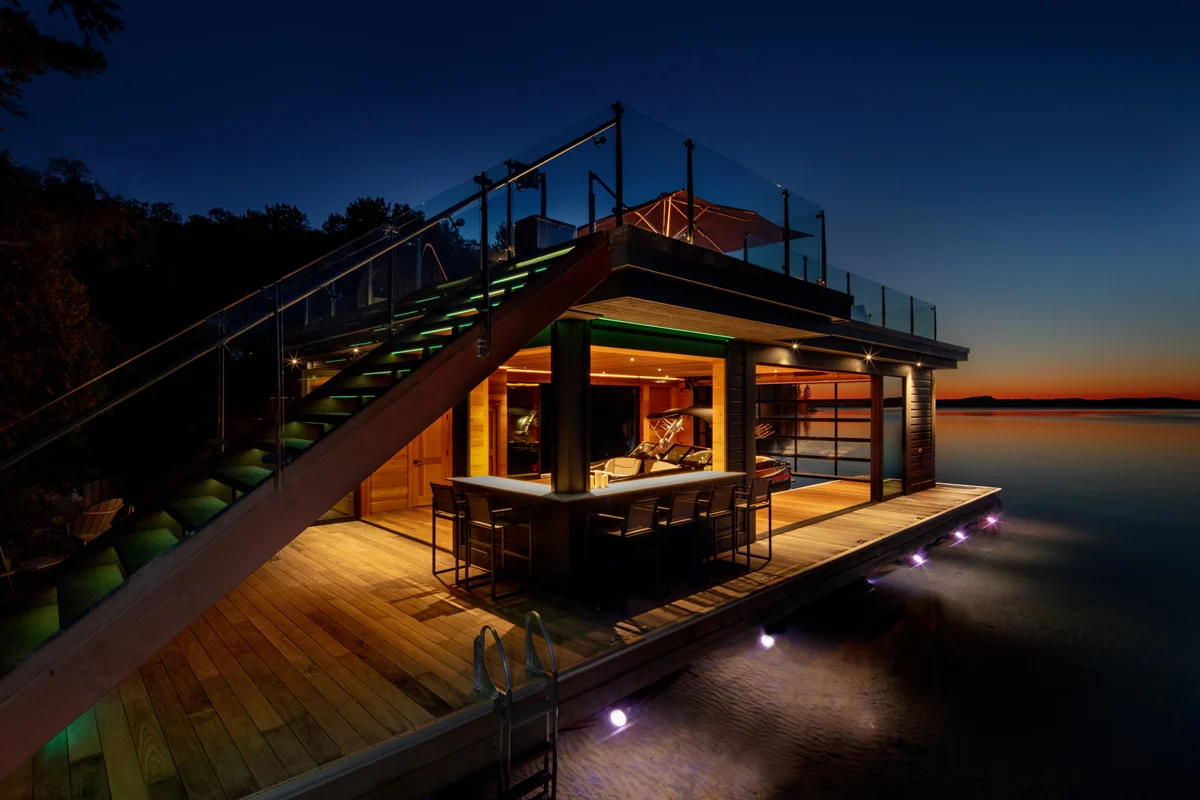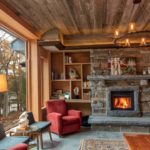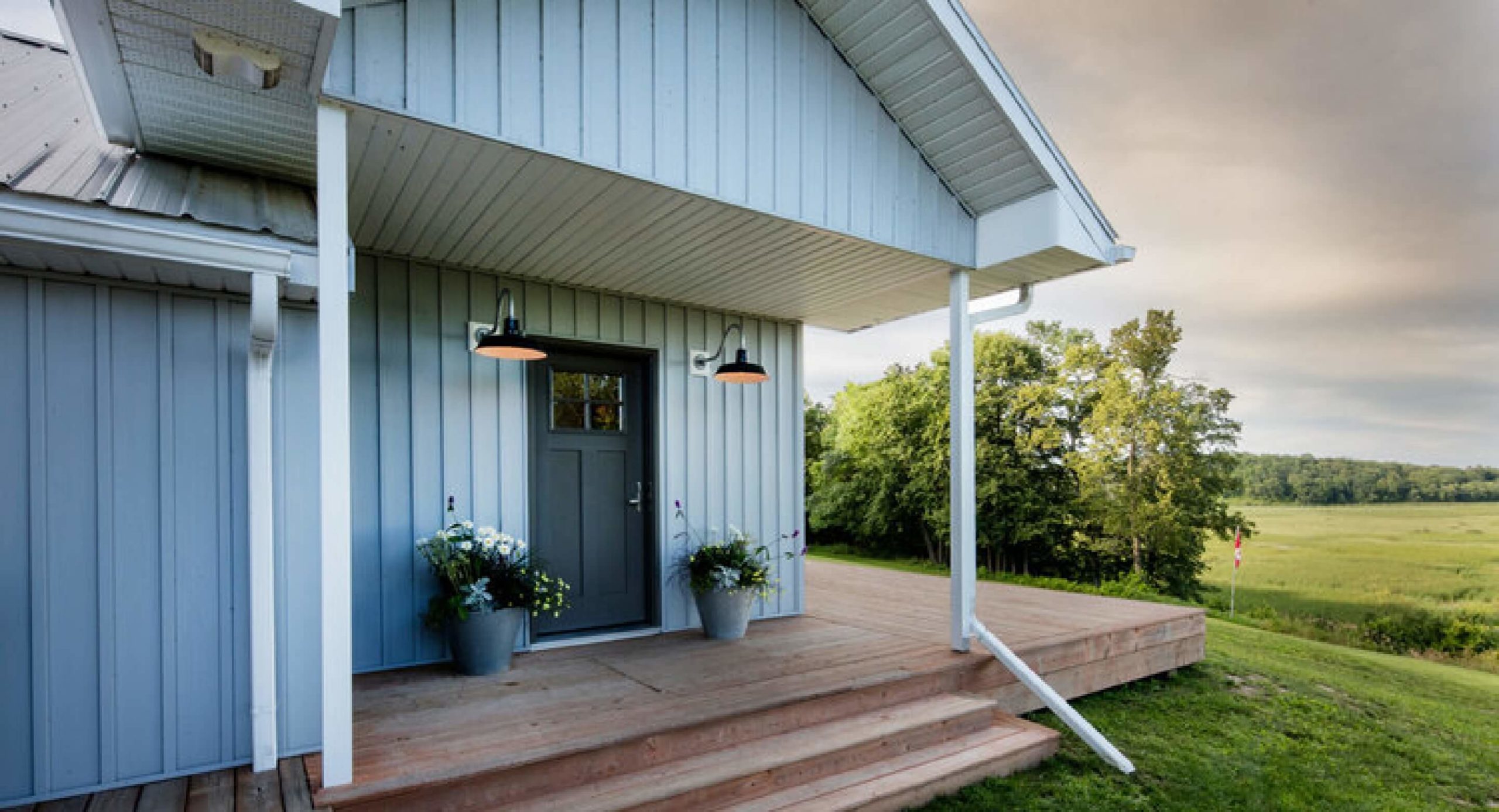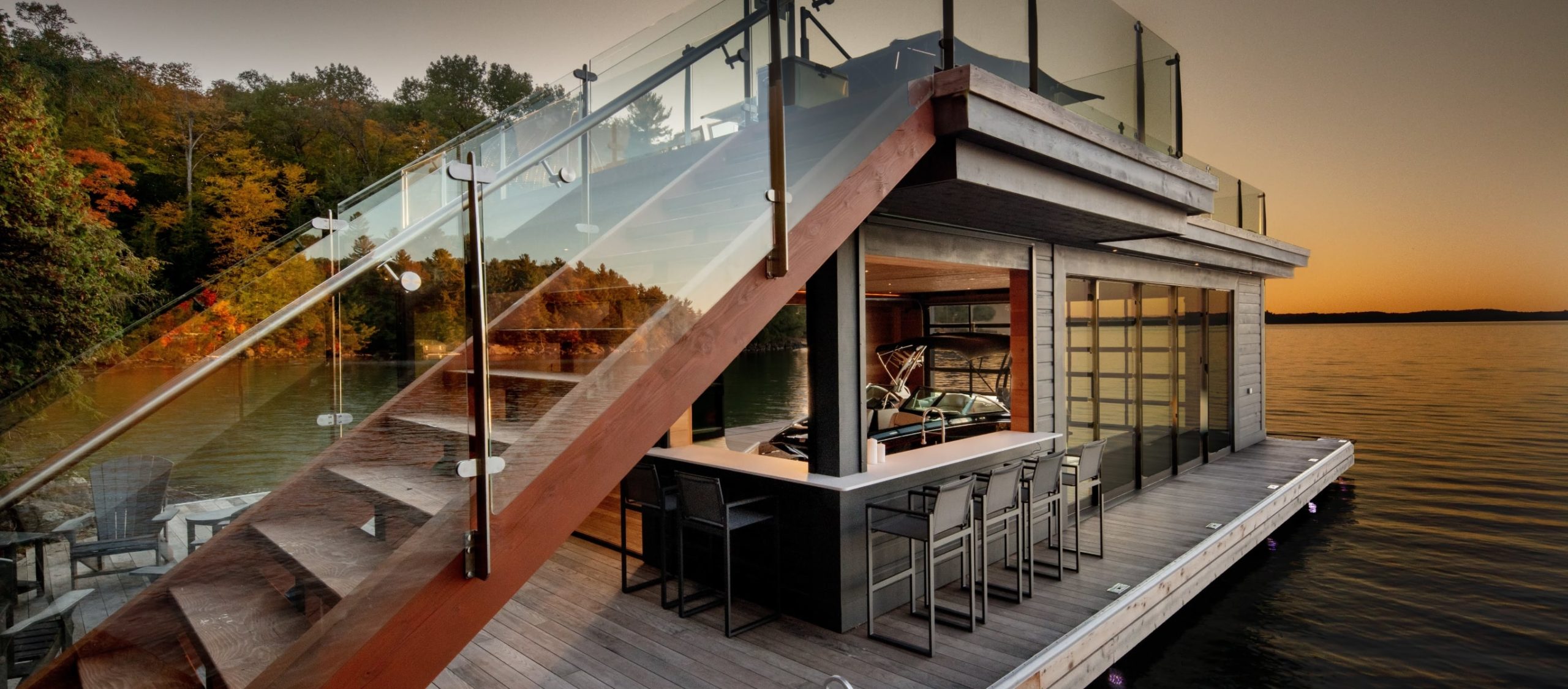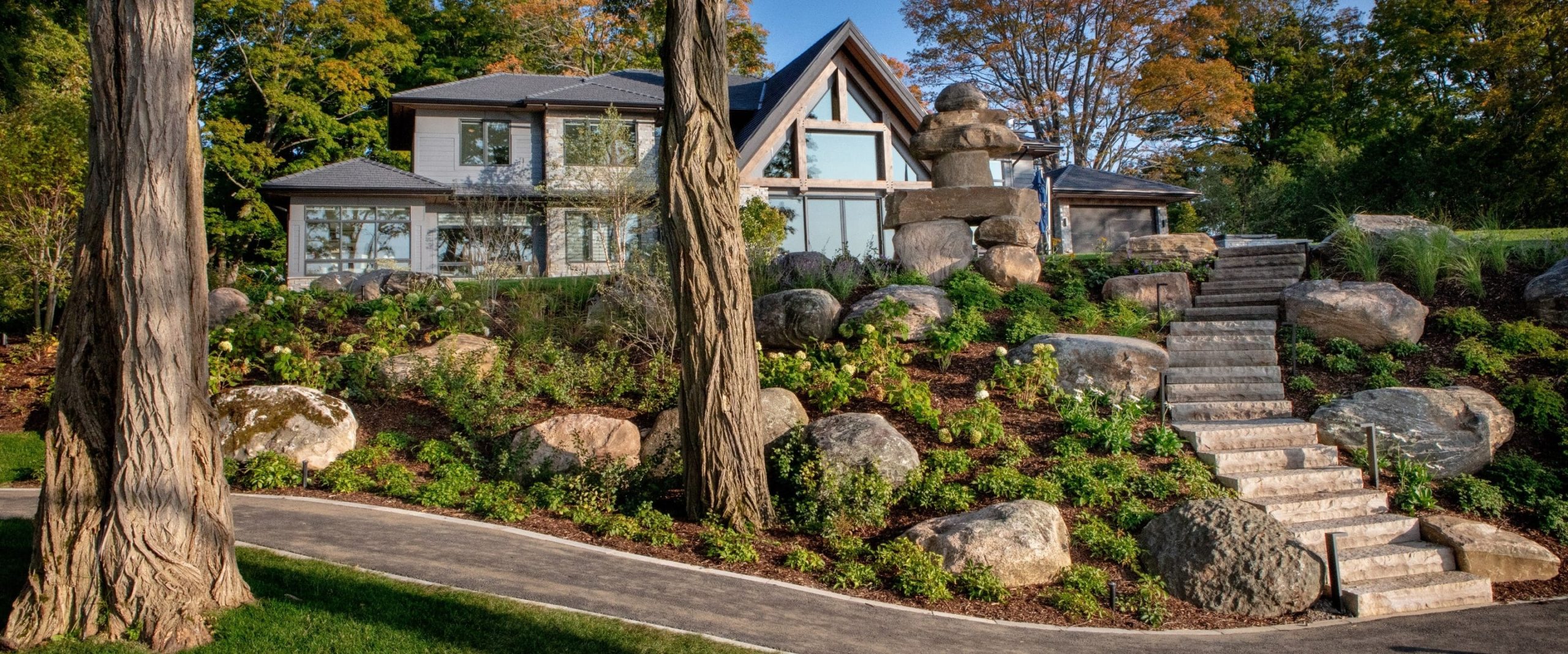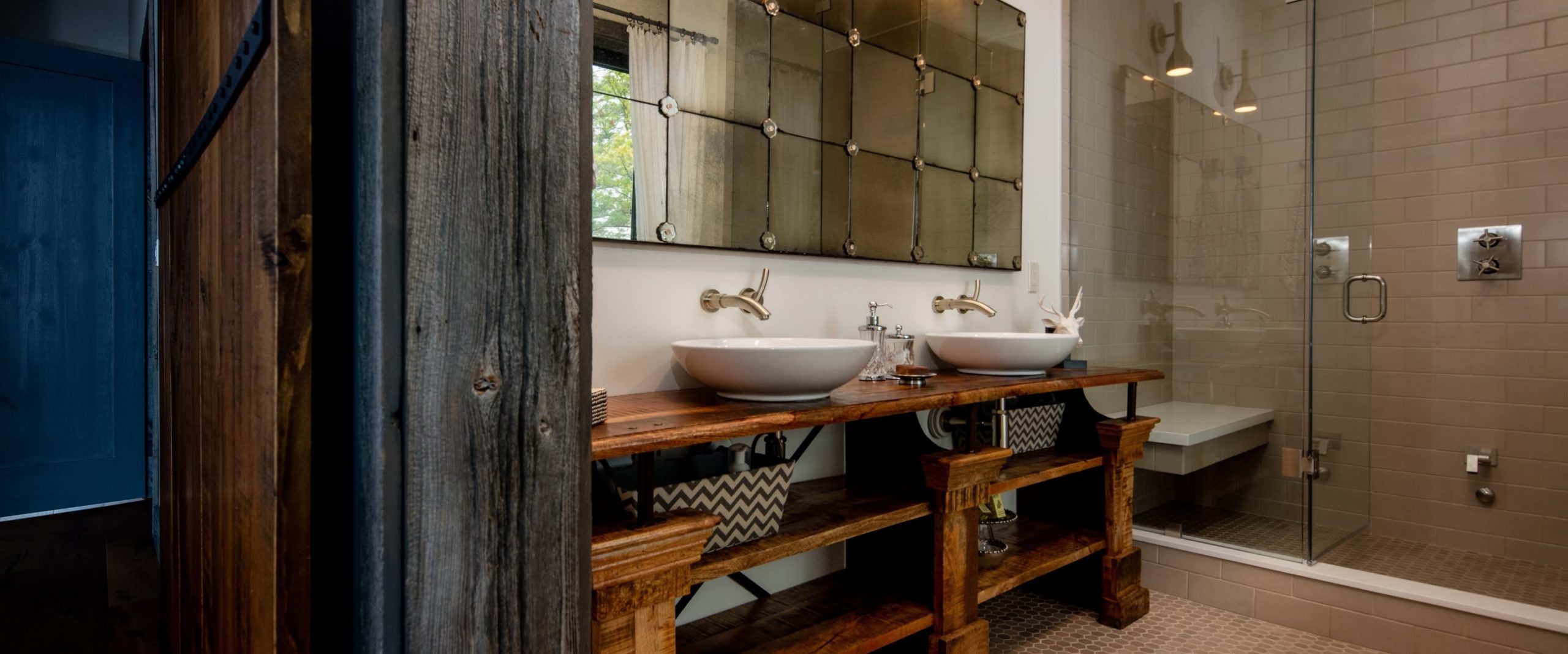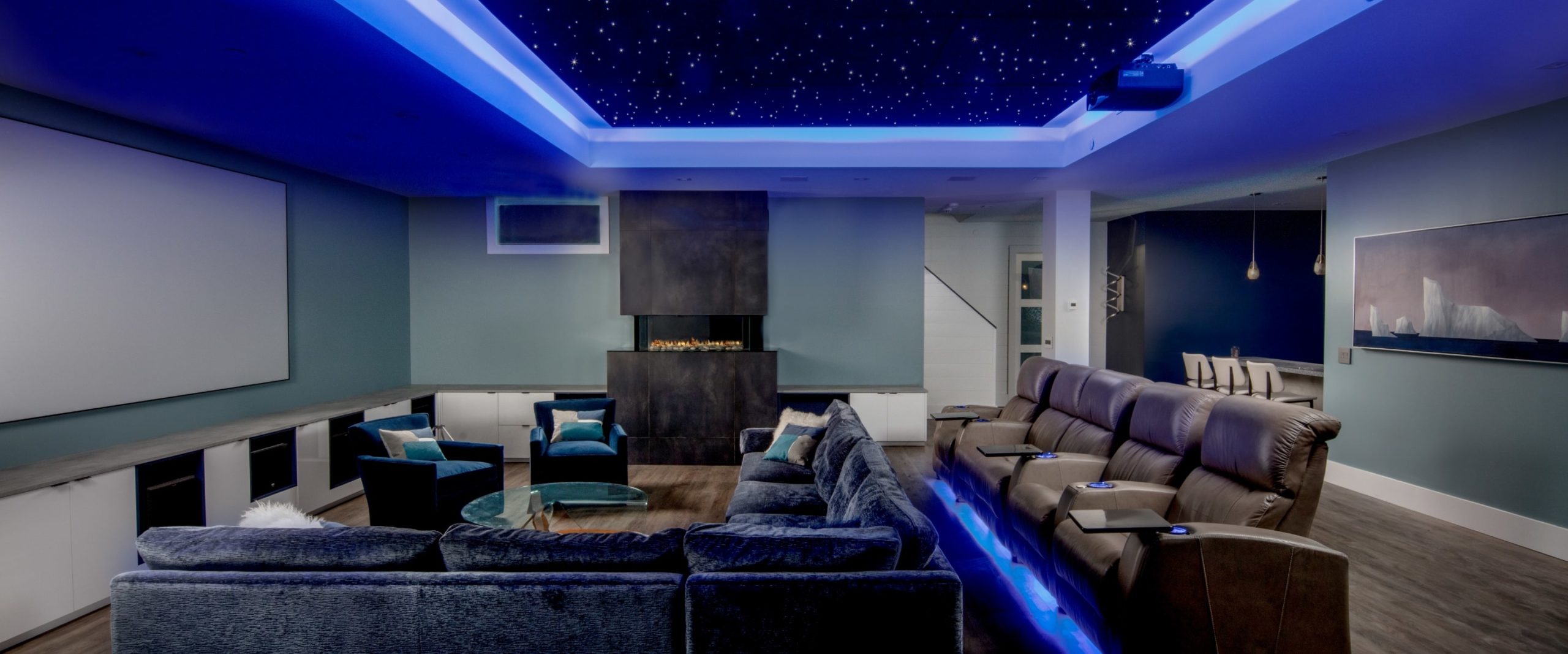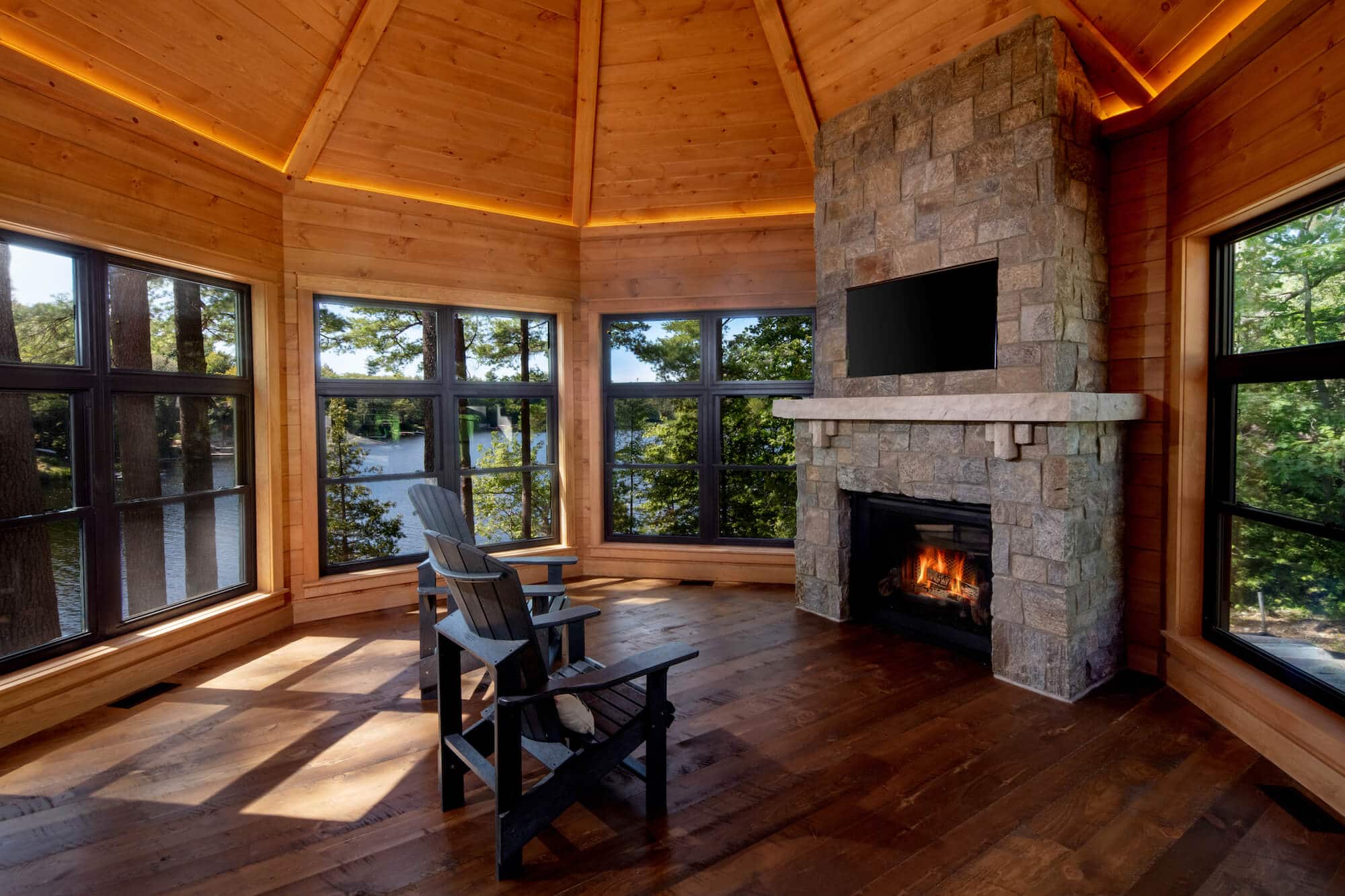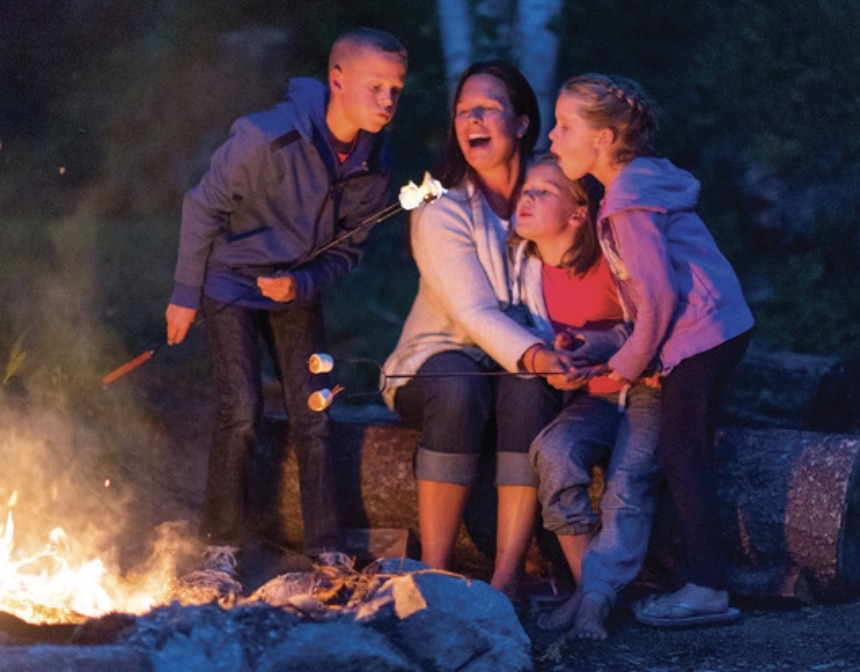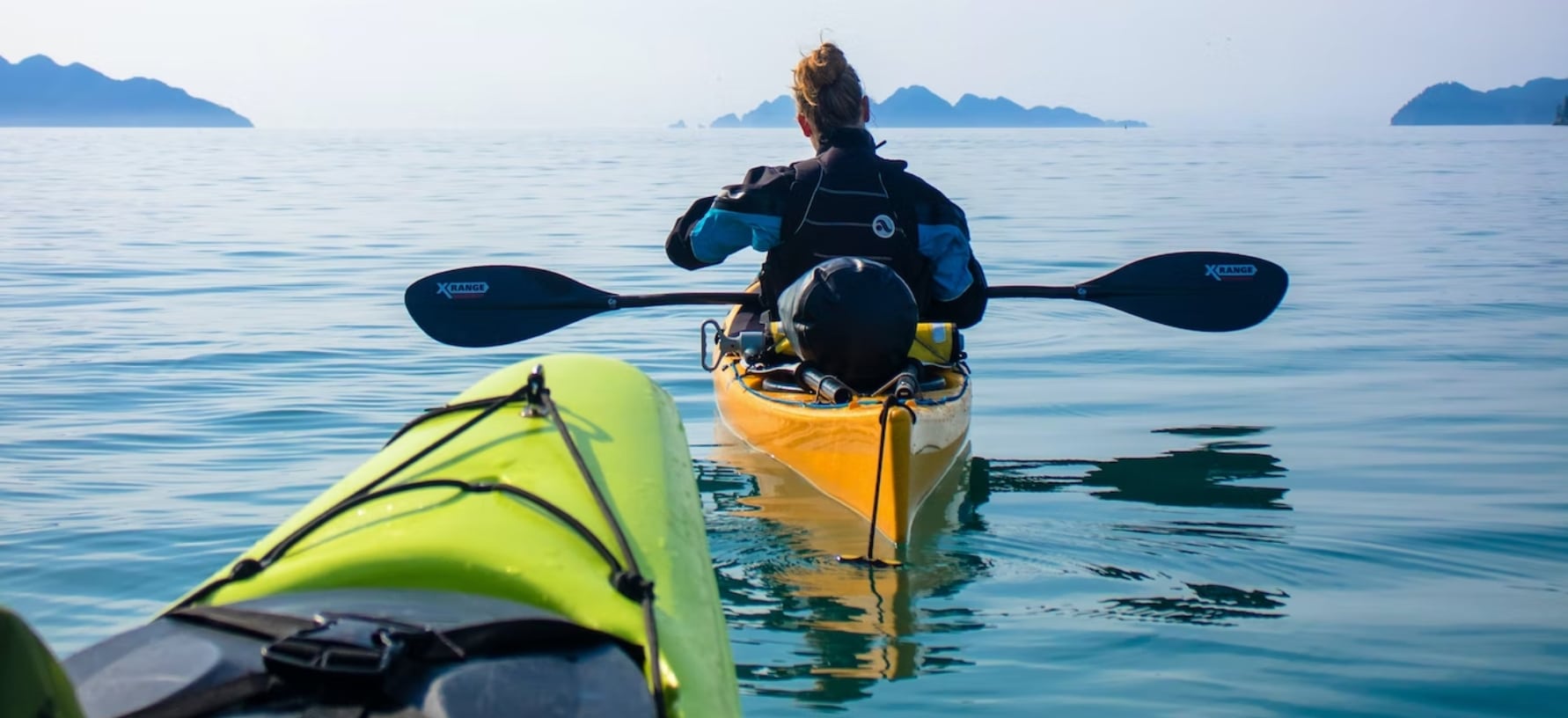A Canadian Cottagers’
Guide: The Essentials
Professional advice you need to know before renovating a vintage cottage
Introduction
The nuts and bolts of cottaging
Fun, safety, and investing are only a few key essentials of making the most of The Cottage. This guide highlights cottage fundamentals.
Rules are different at The Cottage. Though ideally the only rule at The Cottage is that there are no rules, there are some laws, safety, and accessibility recommendations.
Taking the proper steps, making the appropriate accommodations, and enabling the necessary updates, cottage goers can focus on decisions like which board game to play.
The following guide features expert curation of cottage essentials. Enjoy the ‘nuts and bolts’ of cottaging — the next edition will cover the ‘bells and whistles.’
Happy and safe cottaging!

Chapter 1: Value vs Cost: What are you really paying for?
When starting a new build or a reno, it feels like your carefully honed budget can quickly spiral out of control.
As unexpected costs rear their pricy heads, you’re likely going to start asking about more cost-effective alternatives — which is fine. It’s always good to do your research, and there are absolutely places where you can be economical so you can save your money for things that are important to you. But, there are some places where you can’t — which brings us to value vs cost. Here are five options where the upfront investment is higher (cost), but the higher-quality option pays off in the long run by saving you money (value).
Batt Insulation (X)
Spray Foam Insulation
Offering up to twice the R value of Batt Insulation and better insulation thanks to its ability to squeeze into every nook and cranny, spray foam insulation saves you way more money on your heating bill. As an added perk, you also get a more comfortable, quieter home. Sleep tight!
Poured Concrete Foundation (X)
ICF (Insulated Concrete Form) Foundation
The foundation of choice for a well-insulated and cozy basement, ICF saves you big money on your energy bills by providing continuous insulation on both sides of the walls, essentially eliminating energy loss and thermal bridging.
Laminate Veneer Foundation (X)
Real-wood Plank Hardwood Flooring
Unlike laminate, which has a shorter lifespan and is difficult to repair, hardwood can last a lifetime if properly taken care of, and can also be sanded and refinished time and time again. Plus, when it comes to looks, there’s nothing that compares to real wood grain. No offense, laminate.
Laminate Countertops (X)
Solid Surface Countertops
Upon initial investigation, laminate will undoubtedly be the more cost-effective option. But, that doesn’t take into account that solid surface countertops are easier to care for, last longer, and are more resilient and look less worn than laminate, meaning you won’t have to get them replaced as often. They’re also the beauty contest winner, with a richer, more lustrous look than laminate.
Mdf Trim (X)
Solid Wood Trim
Medium Density Fibreboard (MDF) is lower priced and definitely has its place, it comes with a few issues that lead to expensive repairs. Solid wood trim is longer lasting, and doesn’t suffer from the shrinkage and warping MDF does in a humid environment like an Ontario summer, or a wet environment like an Ontario spring. Plus, MDF mushrooms around nail holes, leaving tiny lumps you can’t get rid of for love or money – and no one likes a bumpy trim.

Chapter 2: Get to know your bylaws
Whether you’re building from scratch on an empty lot or updating a vintage cottage with 21st-century amenities, knowing your bylaws before you start is an absolute must. Bylaws dictate what and where you can build, and not being familiar with them can derail your project, upset your neighbours, or end up being an expensive mistake.
Here are the 5 bylaws we deal with the most often, so you can learn them and love them — or at least learn to live with them.
Zoning
Zoning bylaws should be your first step before starting any build, as they lay out exactly what you can and can’t use yourcland for. There are 3 key zoning laws to watch out for: the Official Zoning Plan covers all the general policies in your municipality; the Comprehensive Zoning Plans splits the municipality into sections known as “land use zones” with detailed maps and explanations of the type of buildings allowed on each; and the Free-Standing Zoning Bylaw, found in smaller rural municipalities (like cottage country) which determine zoning for one specific property.
Setback
Setback bylaws determine how far your property must be setback from various places or things. Pretty straightforward, right? The issue with setbacks is they vary in size depending on what you’re setting back from, like the water’s edge, side of property boundaries or the road, for example. Before building or adding, make sure you know exactly what’s around your property, and how far you must be from it.

Conservation Authorities Requirements
The Conservation Authority works closely with municipalities to analyze the environmental impact of building — or any activities — near significant environmental areas. You’ll have to observe these bylaws if your build is near any of the following: sensitive or protected areas like wetlands or river and stream valleys; fish habitats; significant wetlands; hydrogeology and stormwater studies; and septic system reviews.

Distances Required From Power Lines
Before you do anything on your lot, look up! If you spot a power line running through your space, it’s time to check power line bylaws. A bisecting power line can significantly cut down even the biggest lot: in Ontario, Hydro One requires a minimum 15ft separation between hydro lines and any construction. You can also contact them directly to schedule an on-site assessment, just to be sure.

Coverage Bylaws
Coverage bylaws lay out what percentage of your lot can be covered by any building, or structure on or above the surface of the lot.
Coverage bylaws lay out what percentage of your lot can be covered by any building, or structure on or above the surface of the lot. If you’re starting a new build, you must know your lot dimensions, the exact square footage of your proposed structure, and your lot coverage percentages before you start. Accessory structures also have their own coverage bylaws (generally, accessory structures can not cover more than 10% of your total lot, but check your municipality to be sure), so these are worth investigating if you’re planning on building a new bunkie or storage shed. While this seems like a lot, tracking down your municipality’s bylaws is relatively simple: most are digitized and available online through your municipality’s official website. More obscure bylaws might require a quick phone call to your municipal office, but it’s more than worth the effort when you consider the alternative!

Chapter 3: What is “visitability” and how do you use it?
It’s a fact: people love visiting cottages. If you’re lucky enough to have one, you’ll spend a good chunk of your summers entertaining friends and family.
So, if you’re starting a new build or reno, it’s a great idea to factor these future visits into your planning. But we’re not just talking putting out the fancy towels and unfolding the sofabed — we’re talking “visitability.” Visitability is an emerging building approach that’s working towards making every home accessible for every person.
Starting at the design level, visitability will make sure that anyone with any form of a mobility challenge can still enjoy fun in the cottage sun. Beyond opening your home to friends and family members with disabilities, almost 45% of Canadians over 65 have some kind of mobility limitation. Visitability ensures that every generation can spend a summer weekend by the lake. There are three key steps necessary to make your home or cottage visitable.
The first is a making sure you have a one level, zero-step entrance that’s accessible from the street with a minimum width of 36”. The second is checking that all your doorways and passageways are minimum 32” wide and have a clear passage throughout. Finally, ensure you have a wheelchair accessible bathroom on the ground floor. Visitability initiatives also suggest smaller changes, like making sure light switches are at a height that’s comfortable for all, or reinforcing walls surrounding toilets and showers in case you need to install a grab bar.
So, why not include visitability on your new build to-do list? With three easy, affordable steps, you can make your new home or cottage inviting and inclusive for all — and that’s way better than even the fanciest towel.

Chapter 4: How to get away from cottage getaways
Disclaimer: we love our friends and families.
We love having them up at the cottage, and we wouldn’t trade those memories for anything.

Find time to exercise
Whether it’s a brisk nature walk or swim around the lake, relaxing through exercise is key to staying grounded. Take time out of each day to get outdoors and spend time doing something physical that you enjoy. Plus, running in the woods beats running to the woods to have a silent temper tantrum.

Keep a routine
Do you take the dog for a walk every morning? Practise yoga before bed? Just because you have company doesn’t mean you have to abandon your routine. Sticking to a schedule gives you a sense of control — especially when you feel overwhelmed.

Go into town
Getting away from guests and spending time alone gives you time to decompress. Not only is a trip to town an opportunity to grab groceries or supplies, it’s also a chance to get out of hearing cousin Frank’s “biggest catch ever” story for the hundredth time.

Ask for help
Even if you’re hosting, don’t be afraid to tell others what to do. Most people want to help around the cottage, but without proper direction, can end up hovering around in a useless but well-meaning manner. Delegate tasks to those around you and make sure everyone chips in. Spreading the workload helps ease the stress off you, and give you a chance to enjoy the weekend, too.

Do a quiet activity
If you can’t get away from a shared space, try doing something quiet. Reading, writing or working on a crossword are all good ways to cut through noise and find calm. It’s even more relaxing if you can have quiet time down by the lake — and don’t forget a glass of wine.

Chapter 5: Easy ways to stay safe at the cottage this summer
Summer is around the corner, which means cottage season is about to kick off. Between hiking, tubing around crystal lakes and sharing stories in front of campfires, there’s plenty of ways to enjoy the outdoors. Get outside and have fun, but don’t spoil your much-deserved getaway with preventable accidents. Here are some easy tips on how to stay safe at the cottage all season long.
1. Keep your first-aid kit stocked
Even if you spent time at your homeaway- from-home over the winter, it’s a good idea to make sure your first-aid kit is ready for a new season. Warmer weather means more time outdoors, which can lead to more accidents. Bandages, sterile gauze pads, antiseptic wipes and tweezers are all key things to have on hand.
2. Get to know your community
Tap into your cottage community and stay up-to-date with local news. Is there a regional fire ban? Have there been any problems with bears? Subscribing to a county newsletter and learning about what’s happening in your neighbourhood keeps you in the loop.
3. Be prepared in case of a fire
Having smoke alarms installed in your cottage is one thing, but making sure they work is critical. Smoke alarms need to be replaced at least every 10 years, and batteries should be tested monthly. Carbon monoxide detectors should be installed in recreational spaces, and need to be replaced every seven years. Another tip? Never go to sleep without making sure campfires are completely out and keep extinguishers nearby.
4. Find out where the nearest emergency spots are
It’s vital to know where the closest doctor or hospital is, and have their numbers on hand. Get familiar with the quickest routes so you know where you’re going —and how long it takes to get there — in case of an emergency.
5. Be boat smart
There’s nothing better than being on the water, but it’s important to take boating safety seriously. Make sure there are always life jackets and flotation devices on board, and keep glass and open alcohol on land. Also, it’s the law to have a valid boating license in Ontario, so make sure you’re permitted to operate a watercraft.
Have fun and stay safe!



